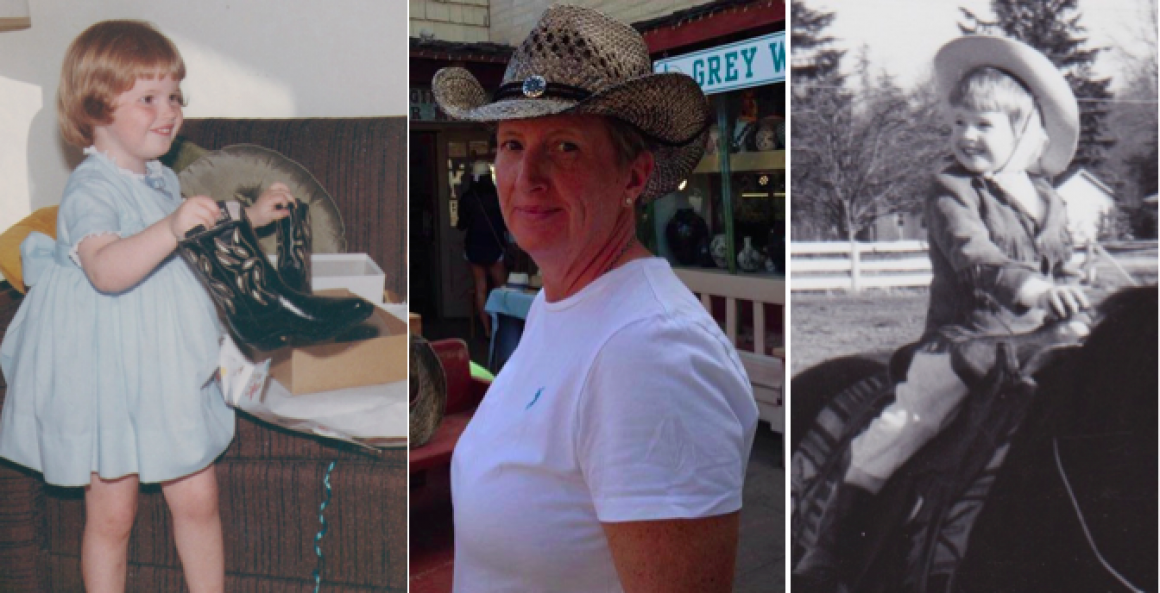Home is where the heart is. Home is where you hang your hat. Home is that place where when you go there, they have to let you in. There’s no place like home.
You can never go home again.
I have been thinking about home a lot of late. What it means, where it is, where it has been.
The other night, I stayed in a campground less than five miles from one of my childhood homes, across the street from a church (now a furniture store) my family called home for about a year (until the business administrator—who had a prior conviction for embezzlement—ran off with the money and that was that). To get here, I had to drive through a small town where I spent the bulk of my elementary school years.
As a kid, I lived in at least five different houses by the time I was ten. And then, by the time I was 18, four more. Between the ages of 18 and 23, something like 20 (college, roommates, etc.). And then, five different places between a divorce and buying the place, the home, house I lived in from 1998 until last August.
Now, my home, my shelter, is a 21-foot RV. Home is where ever we (and by we, I mean my van and I) happen to be on any particular night.
But is it? What is home and how do we know when we are there? I recently left Texas after an extended stay and headed “home,” having purchased said RV as I had planned. But home is where exactly? The Pacific Northwest? Oregon where my brother (and now our mother) lives? Whatcom County where I’ve been, more or less, since 1981? Bellingham where I once lived or Ferndale where I often land to stay with one of my BFFs? I truly enjoyed Austin and environs. I met lovely people, got to hang out with my daughter and her friends on occasion, got to spend time with my sweetie.
But then I felt the pull, the tug of the familiar. I needed a haircut and to see the doctor. Somehow it seemed easier to go home and take care of those things than to start all over in a new city. It’s one thing to shop in an unfamiliar grocery store, not knowing where the dairy aisle is, quite another to choose a stylist out of the blue and risk a bad haircut. Easier to drive 2000 miles in the winter, over snowy mountain passes than to figure out how to get new insurance and a new doctor. Easier to just go home.
“You have moss in your veins,” my friend Laura announced upon my arrival. “You had to come back home.”
I’ll admit, I did feel a qualitative difference in my bones as I crossed that boundary between east and west, from dry and arid to damp and green. For a minute there, as my pores plumped and the cracks in my skin soaked the moisture from the air, I did feel the moss course through my veins. But does that feeling indicate home? Is home a state of mind or a peace of mind, or both?
Am I more like a turtle who always has her house on her back or am I one of the “unhoused” (by choice, yes, but technically without shelter according to the US Census). I count myself extremely lucky to have been able to choose this lifestyle rather than find myself forced into it by unfortunate circumstances. Still, the idea of it messes with my head a bit.
So, here I am, boondocking in my RV, on a small mountain top, in the middle of my home state, not far from one of my childhood homes, contemplating what it means to “be home.”
Maybe if I just click my heels together . . .
















